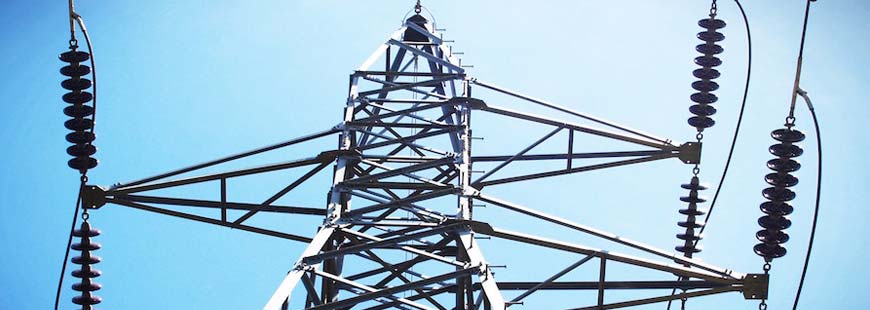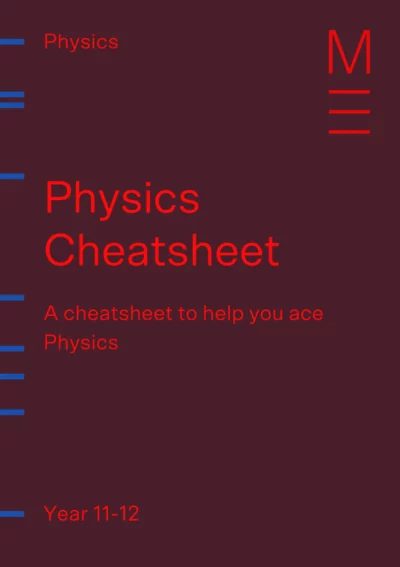Welcome to Matrix Education
To ensure we are showing you the most relevant content, please select your location below.
Select a year to see courses
Learn online or on-campus during the term or school holidays
Learn online or on-campus during the term or school holidays
Learn online or on-campus during the term or school holidays
Learn online or on-campus during the term or school holidays
Learn online or on-campus during the term or school holidays
Learn online or on-campus during the term or school holidays
Learn online or on-campus during the term or school holidays
Get HSC exam ready in just a week
Select a year to see available courses
Science guides to help you get ahead
Science guides to help you get ahead
Turbo charge your Physics marks with this HSC study Guide!

Join 75,893 students who already have a head start.
"*" indicates required fields
You might also like
Related courses
In Part 2 of our HSC Physics study guide, our science team explains how to structure your answers using flowcharts to simplify complex processes.
Get your motor on and generate better marks!
Get the competitive edge for your next Physics assessment! Fill out your details below to get this resource emailed to you. "*" indicates required fields
Download your FREE foldable Physics Cheatsheet

Download your FREE foldable Physics Cheatsheet
Year 12 Physics students find the HSC Physics Motors and Generators module conceptually challenging. As such, students struggle to provide scientific responses that are logical and sequential as required to obtain full marks in exam questions.
So, we’ve provided some flowcharts from the Matrix Year 12 Physics Theory Book below to help you write better scientific responses. If you missed it, also read: HSC Physics Study Guide Part 1 (Space Module).
The flowchart below outlines the magnetic field phenomena.
The motor effect refers to a physical phenomenon where a current carrying conductor in an external magnetic field experiences a magnetic force due to the interaction between the magnetic fields.
The flowchart below outlines the process of torque production in a simple brushed DC motor.
A galvanometer is an instrument used to measure the size and direction of electric currents using the principle of the motor effect.
The flowchart outlines how a galvanometer operates.
The flowchart outlines how a loudspeaker operates.
The flowchart outlines the process in which EMF is induced in a moving conductor.
Faraday’s Law can be stated as follows:
An EMF is induced whenever a circuit experiences a change of magnetic flux and the EMF induced in a circuit is directly proportional to the rate of change of magnetic flux through the circuit.
The flowchart outlines the process in which EMF is induced in a moving conductor.
The flowchart outlines the process in which a generator converts mechanical energy into electrical energy using the principle of electromagnetic induction.
If you’re struggling with your Physics marks, you’d better get on top of it before entropy really kicks in. But don’t worry, Matrix is here to help!
Physics doesn't need to be confusing
Expert teachers, detailed feedback, one-to-one help! Learn from home with Matrix+ Online Courses.
Written by DJ Kim
DJ is the founder of Matrix Education and has over 20 years of HSC Physics teaching experience. He is the co-author of the Matrix Science program, course materials and assessments. He is also renowned for his ATAR & Scaling seminars and development of the first ATAR Calculator.© Matrix Education and www.matrix.edu.au, 2023. Unauthorised use and/or duplication of this material without express and written permission from this site’s author and/or owner is strictly prohibited. Excerpts and links may be used, provided that full and clear credit is given to Matrix Education and www.matrix.edu.au with appropriate and specific direction to the original content.